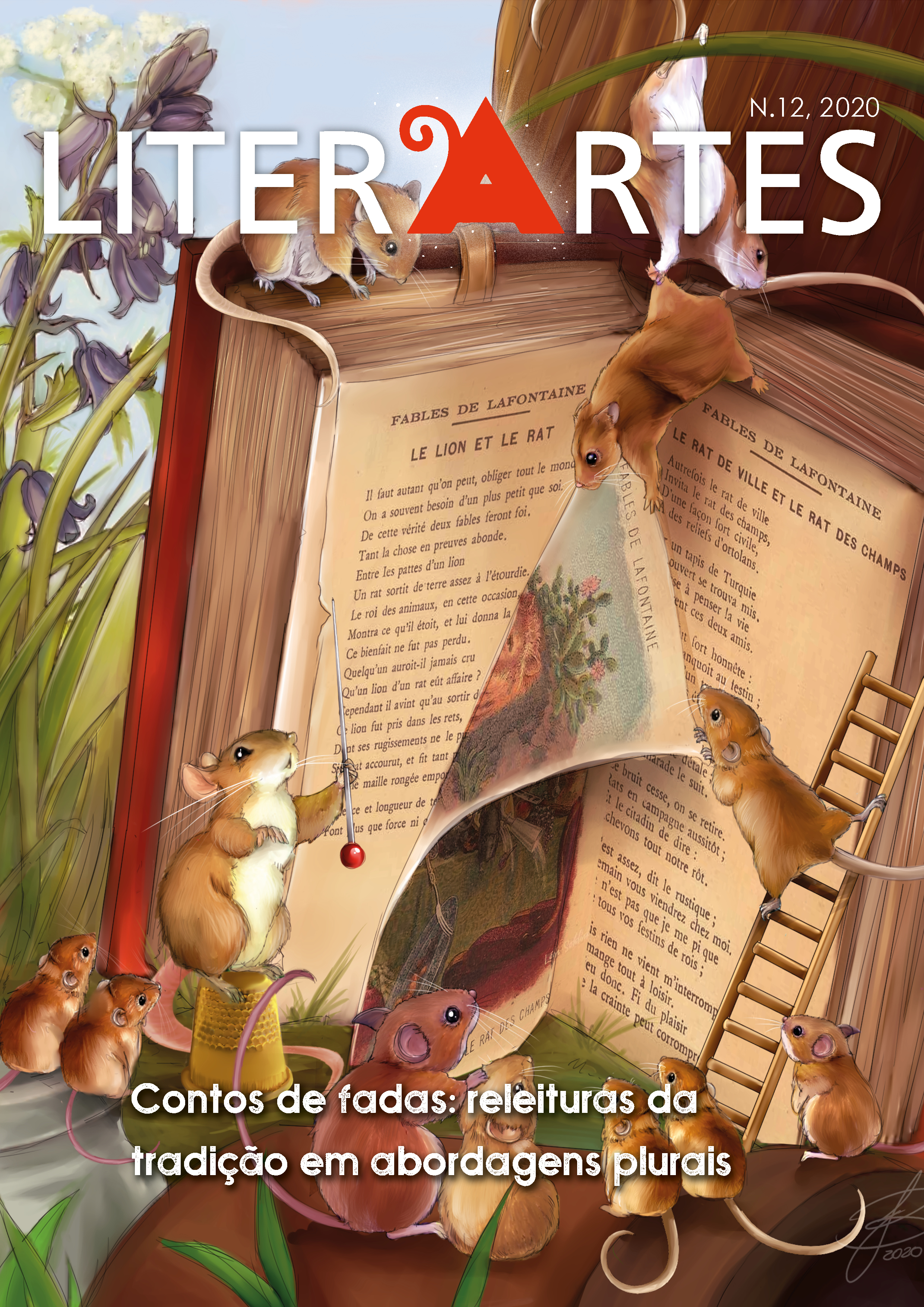The Charles Perrault’s paradox: How aristocratic fairy tales became synonymous with folklore conservation
DOI:
https://doi.org/10.11606/issn.2316-9826.literartes.2020.170822Keywords:
Charles Perrault, fairy tales, Folklore, popular costumes, literatureAbstract
At the end of the 17th century, Charles Perrault wrote what would remain his most famous book, and one of the biggest successes of French literature: the Histoires et Contes du temps passé. It is commonly thought that Perrault took the matter of his book directly from traditional folklore, in order to preserve its tales. However, studies show that even if he was inspired by folktales, he was not interested in their conservation. But the popularity of Perrault’s fairy tales has been so extensive that they finally returned to folklore, became an important part of it and finally helped to preserve it. This process can be explained by successive causes, which all together made it possible. From the very beginning, Perrault’s fairy tales were modified to fit cheap publications. When it became a fashion to study folklore, his tales were analyzed from a wrong angle. And when more serious studies were made, it was too late: one could no longer tell which tales were original folktales, and which were Perrault’s modified versions.
References
COLLINET, Jean-Pierre. Introduction to the Contes de Perrault. Paris: Folio Gallimard, 1981.
DE PALACIO, Jean. Les Perversions du merveilleux. Paris: Séguier, 1993.
DE WALCKENAER, Charles Athanase. Lettres sur les contes de fées attribués à Perrault et sur l’origine de la féerie. Paris: Jouaust, 1826.
DELARUE, Paul. Le Conte populaire français, catalogue raisonné, Tome I. Paris: Érasme, 1957.
DELARUE, Paul; TENÈZE, Marie-Louise. Le Conte populaire français, catalogue raisonné,
tomes II & III. Paris: Maisonneuve & Larose, 1964.
GRIMM, Jacob and Wilhelm. Les Contes. Translation by Guerne, Armel. Paris: Flammarion, 1967.
PERRAULT, Charles. Contes. Genève: Slatkine Reprints, 1980.
ROBERT, Raymonde. Le Conte de fées littéraire en France de la fin du XVIIe à la fin du XVIIIe siècle. Nancy: Presses Universitaires de Nancy, 1982.
Downloads
Published
Issue
Section
License
Copyright (c) 2020 Lydie Jean; Paulo César Ribeiro Filho

This work is licensed under a Creative Commons Attribution-NonCommercial 4.0 International License.
Autores que publicam nesta revista concordam com os seguintes termos:
- Autores mantém os direitos autorais e concedem à revista o direito de primeira publicação, com o trabalho simultaneamente licenciado sob a Licença Creative Commons Attribution que permite o compartilhamento do trabalho com reconhecimento da autoria e publicação inicial nesta revista.
- Autores têm autorização para assumir contratos adicionais separadamente, para distribuição não-exclusiva da versão do trabalho publicada nesta revista (ex.: publicar em repositório institucional ou como capítulo de livro), com reconhecimento de autoria e publicação inicial nesta revista.
- Autores têm permissão e são estimulados a publicar e distribuir seu trabalho online (ex.: em repositórios institucionais ou na sua página pessoal) a qualquer ponto antes ou durante o processo editorial, já que isso pode gerar alterações produtivas, bem como aumentar o impacto e a citação do trabalho publicado (Veja O Efeito do Acesso Livre).



